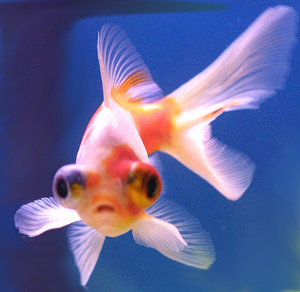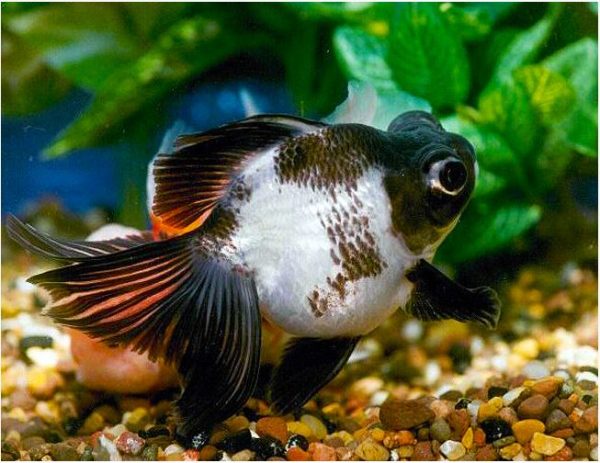

Although show-quality Ranchu are longer in the body than pet specimens, the fish’s body is typically short and stubby. Ranchu are a typical egg-shaped fancy goldfish variety. They were exported to Europe in the 1600s and to the US a couple of centuries later. In the 1500s, Chinese breeders began trading their goldfish with Japan, and the hobby caught on. However, it was the Chinese who first began to experiment with breeding the fish to create ornamental hybrids that were kept purely as exotic, decorative status symbols.

These carp are found widely distributed across Central Asia, where they live in slow-moving bodies of water, such as ponds, rivers, ditches, and lakes.Ĭarp were raised in captivity by many civilizations, including the Romans, as a food source. Bloch first described these fish in 1782. Ranchu Goldfish OriginsĪll modern goldfish varieties are distantly related to Prussian Carp, Carassius gibelio. On the following January 1, all Tosai, regardless of when they hatched in their first year, become known as Nisai.ĭepending on the fish’s age, Oya are then known as young or old Oya. “Tosai” is the name for a Ranchu in its first year. Ranchu goldfish are split into age groups at shows. However, breeders are extremely selective about who buys their stock, as preserving the gene pool’s purity is paramount. The progeny of successful show Ranchu command a high price as breeding fish. Interestingly, as with most fancy goldfish varieties, Ranchu become paler and whiter as they age, a feature that doesn’t affect a fish’s success in the show ring. The judges even award points for the way the fish swims after being handled!Ī show-quality Ranchu should have a long body, wide, well-developed head, and a tail that resembles “swallow’s wings.” There should be a wide “bracelet” with reflective scales that draw the eye at the base of the caudal peduncle. The fish are lifted out of the water by hand, before being put back into the show bowl.

Each judge evaluates the fish and gives it a score. In Japanese Ranchu shows, there are three to five judges. The dishes allow the viewer to get a close look at them and judge their shape from above. In Japan, the fish are exhibited in shallow dishes, which are said to represent the Sumu ring. 11 In Summary Ranchu Goldfish are Show Business Stars!īreeders exhibit their best Ranchus in shows.


 0 kommentar(er)
0 kommentar(er)
